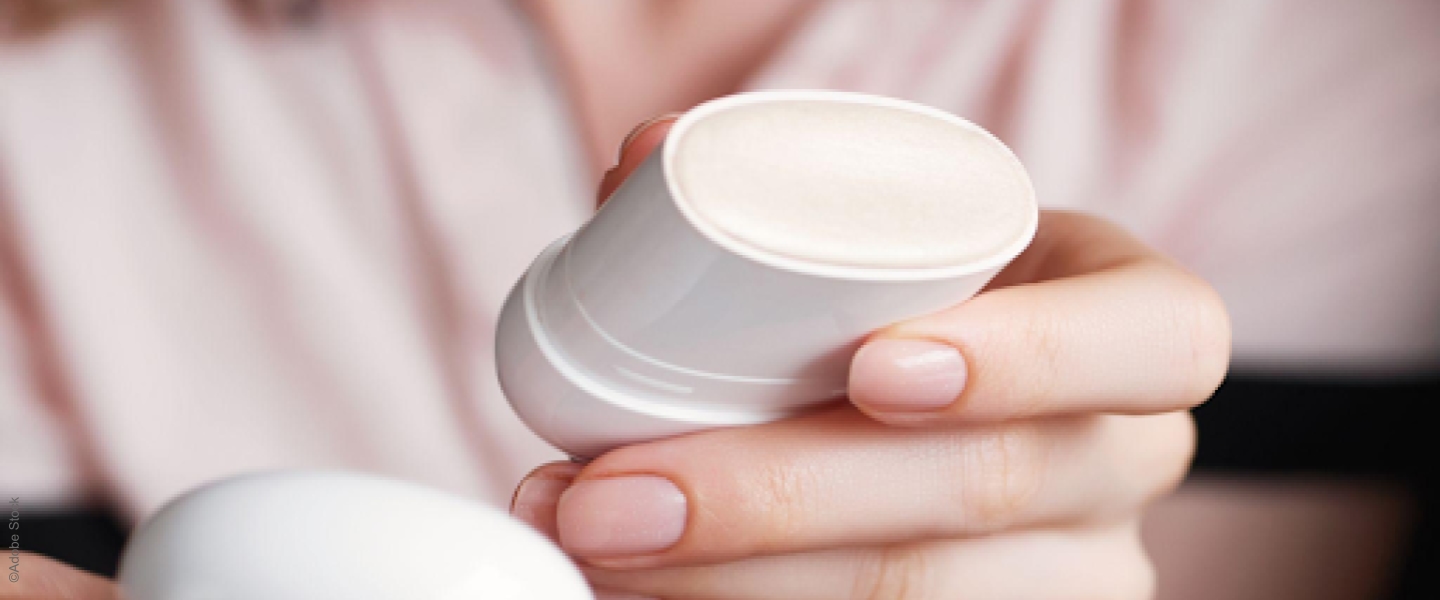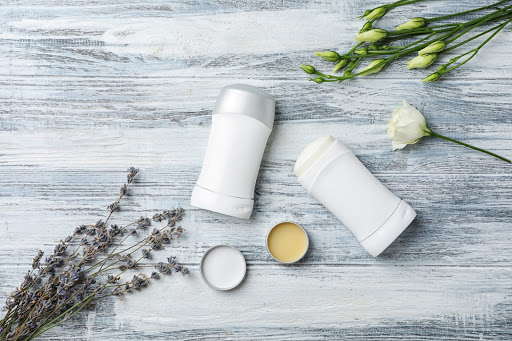
Don't Sweat It: A guide to natural deodorant formulation
June 18, 2021
With the market shifting to more natural and environmentally friendly formulation, that means a shift in formulation too! Specifically in the deodorant market, there has been a steady increase of popularity for natural, ethical, and sustainable deodorants. Whether it’s ‘free-from’ specific ingredients, or labeled for sensitive skin or ‘natural’ here are some tips to help find the perfect balance between texture, spreadability, and cohesion for your next natural deodorant formulation!

For hardness:
On top of vegetable butters like Shea butter (KARITE CP**) or the less greasy Shorea butter (DUB SHOREA T*), here are some suggestions to bring consistency to your stick formulations:
- LANOL P (Glycol Palmitate) with a melting point of 60C is a great consistency agent binging softness and spreadability.
- PHYTOWAX OLIVE are 3 grades of waxes extracted from olive with different melting points (40C, 55C, 57C) to help you reach the desired melting point.
- DUB CIRE H1 is a 100% natural consistency agent with a good deposition on the skin thanks to its liquification upon contact with the skin.
For cohesion:
One of the main challenges when developing stick formulations is to keep the solid and the liquid blend together and coexist in a stable form. Ingredients that have proven to help:
- MONTANOV™ 202, usually used as emulsifier, helps with stability of the sticks and it's consistency to provide a matte finish while nourishing and restructuring the skin.
- VEGELINE™ 65 is sourced from Castor Oil & Carnauba wax, has a high melting point and helps dispersing the other ingredients in the stick and provides cohesion (with a butter like feel during application).
- DUB ESTOLINE*, a highly structured ester, is a honey-like golden viscous liquid improving waxes cohesion and preventing from crumbling.

For spreadability:
Liquid emollients like vegetable oils are perfect to help the deposition of the stick. The challenge is to have a non greasy and soft finish, to be able to put clothes on quickly after application! Here are a few ingredient that do just that:
- EMOGREEN™ are natural non polar emollients, good alternatives to silicone oils, with an easy spread, non sticky touch and dry after skin feel. Perefect for armpit!
- DUB OE HP ester (Ethyl oleate), extracted from Olive, has a very high spreading value and reduces the oily feel. It also helps with skin moisturization and softness, for sensitive skin.
For efficacy:
The main goal of deodorant is to avoid body odors. These odors are created by germs feeding on our lipidic underarms secreations and excrete smelly molecules. To avoid the bacteria growth, you can reduce the humidity of the armpit (think of an absorbing powder like SEPIFINE™ BB) or use antimicrobial molecules like LIPACIDE™ UG (a strong dermopurifying active tested in sniff tests) or DUB MUG*, a natural emollient ester with a natural skin feel, and antimicrobial properties.
For added benefits:
CUCUMBER OIL improves skin appearance and decreases irritation, perfect for reducing burning sensations from razor burn. Rich in triterpenes, cucumber oil provides antibacterial effects.

US20105 (opens new window): Cica Stick
Nomadic & practical, this stick will follow you all day long to soothe local skin disengagements!
Request a copy of the full presentation or samples in the chat!
Related tags